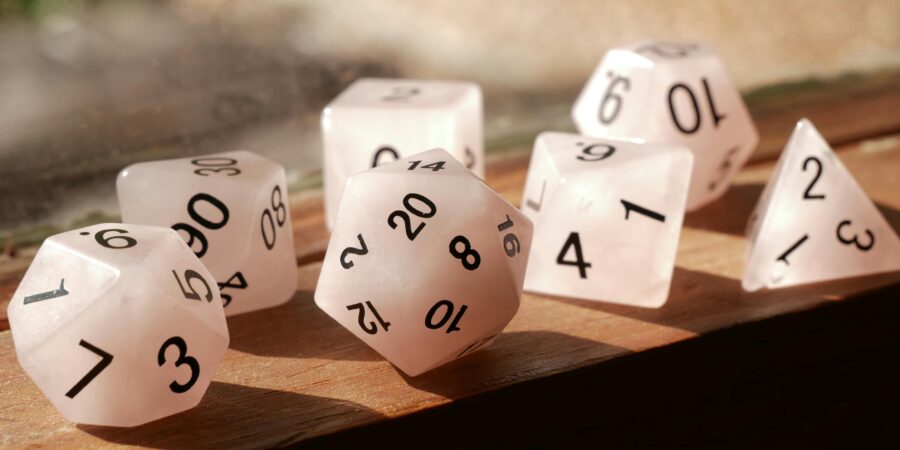Statistics & probability are key elements of the GCSE Maths syllabus and play a vital role in helping students develop data literacy and decision-making skills. This in-depth guide will help you master the essentials of interpreting data, calculating averages, reading graphs, and understanding probability using tree diagrams. Whether you’re studying for AQA, Edexcel, or OCR exams, this blog aligns with UK curriculum standards.
Explore GCSE Statistics tutoring support
🔹 Why Statistics & Probability Matter in GCSE Maths
Statistics helps us make sense of the world through data, while probability helps us make predictions based on likelihood. These topics are not only crucial for exams but also for real-life applications such as finance, healthcare, weather forecasting, and risk assessment.
📌 Key Skills Covered:
- Analyzing and interpreting data sets
- Calculating mean, median, mode and range
- Understanding probability, outcomes, and events
- Using graphs and tree diagrams for visual data representation
🟢 Interpreting and Representing Data
✅ Types of Data
- Qualitative Data: Descriptive data (e.g., colours, names)
- Quantitative Data: Numerical data (e.g., height, weight)
- Discrete: Specific values (e.g., number of pets)
- Continuous: Any value within a range (e.g., temperature)
✅ Frequency Tables & Tally Charts
Used to summarise data efficiently and spot trends.
Example: Favourite fruit survey:
Fruit | Tally | Frequency
Apple | |||| | 4
Banana| ||| | 3
Orange| |||| | 5
🟢 Averages: Mean, Median, Mode & Range
✅ Definitions
- Mean: Add all values and divide by the total number
- Median: Middle value when numbers are in order
- Mode: Most frequent value
- Range: Difference between highest and lowest values
📌 Example:
Data: 5, 8, 8, 10, 12
- Mean = (5+8+8+10+12) ÷ 5 = 43 ÷ 5 = 8.6
- Median = 8
- Mode = 8
- Range = 12 – 5 = 7
🧠 Tips:
- Always check for outliers that may affect the mean
- Use median for skewed data sets
🟢 Visualising Data with Graphs & Charts
✅ Types of Graphs Used in GCSE
🔹 Bar Charts
Great for comparing discrete data.
🔹 Pie Charts
Used to represent parts of a whole. Requires percentage conversions.
🔹 Line Graphs
Best for showing trends over time (e.g., temperature change)
🔹 Histograms
Used for grouped continuous data.
🔹 Cumulative Frequency Graphs
Useful for estimating medians and percentiles.
🟢 Understanding Probability
✅ Key Terms
- Experiment: An activity with uncertain results (e.g., tossing a coin)
- Outcome: A possible result (e.g., heads)
- Event: One or more outcomes (e.g., getting heads or tails)
✅ Probability Scale
- From 0 (impossible) to 1 (certain)
- Probabilities are usually expressed as fractions, decimals, or percentages
✅ Example:
Probability of rolling a 4 on a dice = 1⁄6 Probability of rolling an even number (2, 4, 6) = 3⁄6 = 0.5
🟢 Tree Diagrams Explained
Tree diagrams are a visual way of representing all possible outcomes of a probability experiment, especially for combined events.
✅ Example:
Tossing a coin twice:
First Toss: Heads (H), Tails (T)
Second Toss: H, T
Outcomes: HH, HT, TH, TTEach branch is labeled with its probability. Multiply along the branches and add across outcomes.
📌 Real-World Use:
- Weather forecasting (rain/sun)
- Business risk management (profit/loss)
- Genetics (probability of traits)
📝 GCSE Exam Practice Questions
- Calculate the mode and range of this data set: 3, 3, 7, 9, 10, 10, 10
- Mode = 10, Range = 10 – 3 = 7
- What’s the probability of picking a red ball from a bag of 4 red, 3 blue, 3 green?
- Total balls = 10 → Probability = 4⁄10 = 0.4
- In a survey of 100 students, 40 chose maths. Represent this in a pie chart.
- Angle = (40 ÷ 100) × 360 = 144°
🎯 How to Revise for Statistics & Probability
- Practice past papers from Edexcel, AQA, and OCR
- Create flashcards for key formulas and terms
- Use BBC Bitesize and GCSE Maths Tutor resources
- Watch visual tutorials on YouTube
- Take online quizzes and interactive worksheets
Get tailored statistics and probability support
✅ Final Thoughts
Statistics and probability aren’t just academic skills—they’re essential tools for everyday decision-making and problem-solving. By mastering data interpretation, averages, graphs, and tree diagrams, you’ll gain the confidence to tackle any exam question and understand real-world patterns.
For expert tutoring, resources, and structured revision plans, visit GCSE Maths Tutor and start boosting your maths success today.


